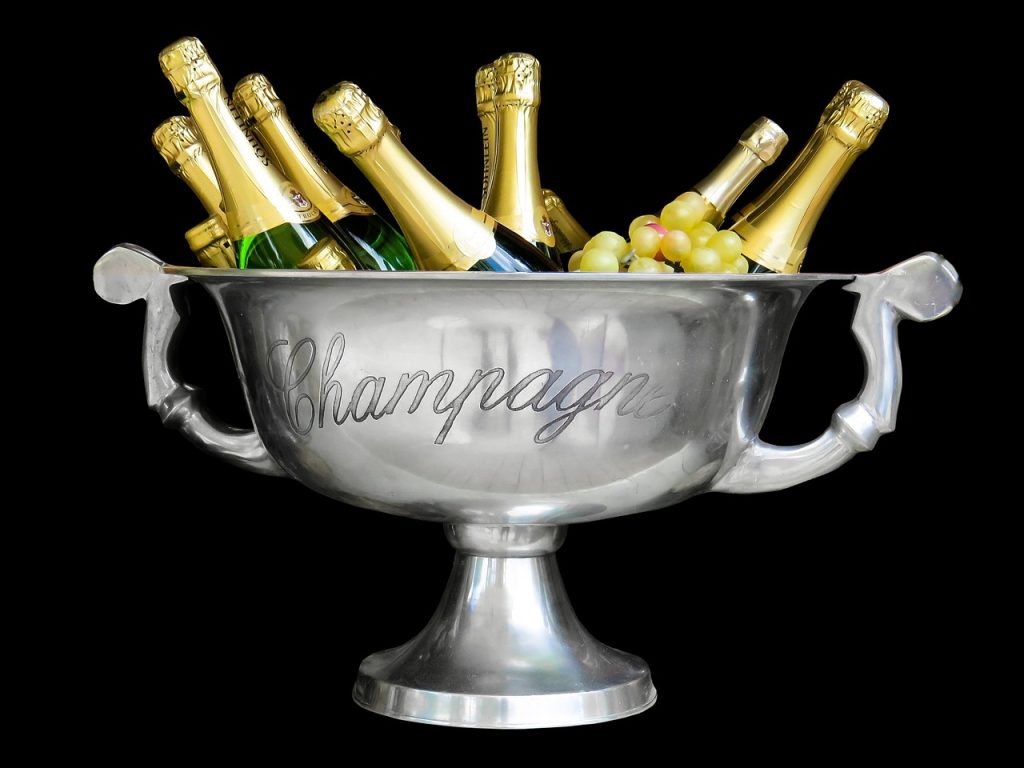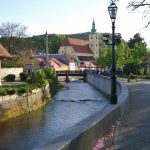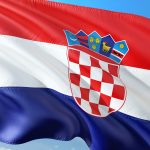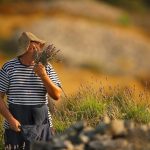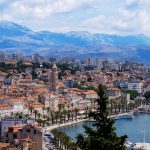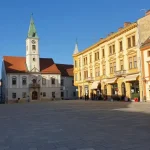Napoleon’s soldiers were present in Samobor in the beginning of the 19th century, their rule in what is today Croatia began in 1806 and lasted until the fallout in Russia in 1813, and Bermet was written of in mid-18th century. The Samobor church books mention it in 1755 as “good medicine for the stomach.”
On Tuesday, March 27, it was mentioned in the TV quiz “Chase:” “Which aromatized wine has been made since Napoleon’s times in Samobor?” The player did not know the answer so the host wrongly answered it is Bermet. The issue here is Google and internet where anyone can publish what they want without culpability. Fact is that up to several decades ago it was said the recipe for Bermet was brought to Samobor by French soldiers. Even the name was spoken with a French accent.
And the fact is that the name of this excellent bitter-sweet-sour drink has nothing to do with the French language. Bermet is a mangled German word wermuth which means absinth. Germans used it as medicine back in the 16th century. A pure Croatian name for Bermt would be Pelinkovac. The drink is today no longer a wine, but a liqueur, a distillate in which the leaves of the bitter taste plant were macerated. There is absinth in Bermet, along with Mediterranean fruit, and the basis is a wine from red varieties Portugieser and Frankovka.
If I was asked this question on the quiz I would also say I didn’t know, because there is no aromatized wine made in Samobor since Napoleon’s times. If a player was thrown out of the quiz “Chase” over this question, they owe him at least an apology, and maybe more than that. Bermet is not the only drink tied to Samobor of which there is false information on Google. If you type in “first Croatian sparkling,” there first three articles will be about a sparkling from Slatina whose production began in 1864. They will be retracted by the fourth article, on the First Dalmatian-Croatian-Slavonian economic fair in 1864 in Zagreb, where the Croatian National Theater is today. The catalogue from the exhibition states that Franjo Pokorny (who later founded Badel) presented a Croatian wine champagne.”
Back then sparkling wines were allowed to be called champagnes, and if Pokorny presented it in 1864, it means he made it at least a year before, so the one from Slatina could not have been first. But, a small factory of champagnes was founded in Samobor around 1800. Tihana Luetić mentions it in her work “Demographic analysis of the population of Samobor from the end of the 18th century until 1857,” with a not the factory “did not last long.”
Even that probably wasn’t the first production of sparklings in Croatia. The honor probably goes to the coastal Primorje region, environs of Bakar and Novi Vinodolski, where in the second half of the 18th century they planted vineyards on terraces, and made natural sparkling wine with the ‘rurale’ method, used in Italian Piedmonte for the Asti Spumante wines. The second fermentation took place in the bottle, but they did not add liqueur to regulate alcohol, sweetness and aromas. The wines were sweet, and similar sparklings were made in Limoux in the southwest of France.
The technique was called méthode ancestrale, and it is a fact there were sparklings before Pierre Pérignon was born (1638-1715), a monk whose name is today on the most famous sparkling in the world. Dom Perignon, thus, did not invent champagne. In Limoux there is a record of production in 1531, and in England they made sparkling wines until the 16th century, when vine growing and winemaking on the island died out after the plague ravaged villages. Wrong information on Champagne, the cradle of sparklings, have disappeared from Google. It is time for all who want to write about wine in Croatia to start checking where they are copying from.
Translated from Vino.hr, for the original click here.

